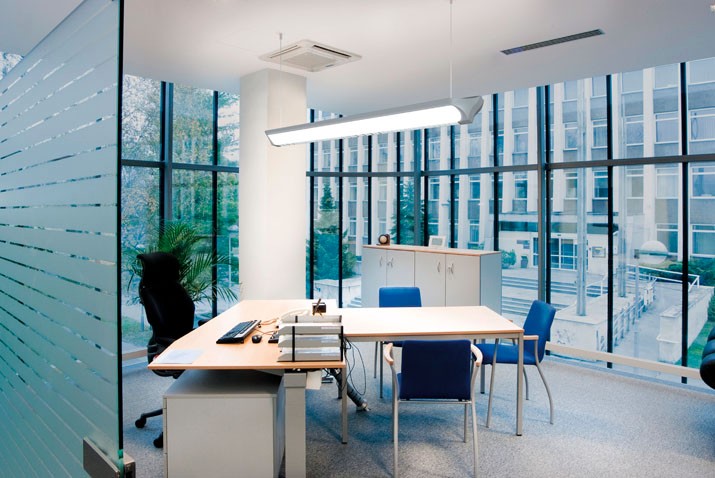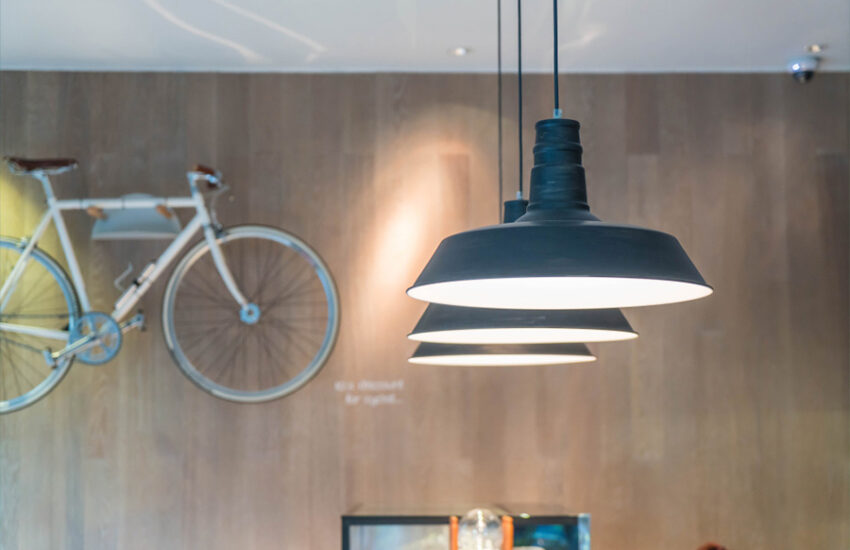Lighting uniformity is a concept that proves that lights from the same source should have the same intensity at a given point as far as possible. The goal is to ensure that light levels are consistent throughout an area so that people can find their way about and tasks can be done easily. To achieve this, it is important to have lighting installed so that its distribution aims for maximum illumination of an area.
How to calculate the lighting uniformity?
To determine the average lighting uniformity, divide the Area of a room by the total area taken up by lights. Then multiply this number by 100. The result is then matched to figures in a table that estimates how evenly lit the room is.
There is two way to calculate it.
- Metric system:
You can measure the lighting uniformity by using a Density meter. Density meters provide a simple and accurate method to measure the illumination of a room, which is independent of time. They work by measuring the amount of light that reaches an object from the source of light (for instance, from a ceiling fixture or lamp) and are available in several different forms and prices.
- Imperial system:
The method used by many is to consider the room as a volume and measure the amount of light bouncing around the room. This can then be determined by multiplying the Area of the room obtained by “The Sketchup” program by 12.5 .this calculation is taken and used to work out how much of that Area should be lit or lit evenly if you are concerned with the overall illumination levels in a room.
Light Uniformity Formula:
Light uniformity is the degree of evenness of light given off by lights, and it can be measured by observing the lit Area where you want to achieve a greater evenness.
One such effective formula for calculating lighting uniformity is using this formula:
Lighting Uniformity = (Total Area / Total Area) Where:
Total Area = Total Area of the room illuminated evenly.
Location 1 = Location where you will check lighting uniformity (1st point)
Location 2 = Location where you will check lighting uniformity (2nd point)
In this case, we use a 15x10m room with 2 points to measure it.
How can lighting improve uniformity?
Lighting uniformity can be measured in several ways, but the most commonly used is a Density meter. There are several ways that lighting can be used to improve uniformity, including:
- Using luminaires with an optimized beam angle helps prevent undesirable shadows and hotspots.
- I install linear luminaires to avoid forming artificial “areas” in the room.
- Use suitable fixtures that combine several light sources (for instance, by installing fluorescent tubes together with LED modules).
It uses diffusers on lighting sources and luminaire panels. Overall, it is important to remember that the most widely recognized way to measure light levels is “lux,” for when it comes to indoor applications such as museums, offices, etc.
Conclusion:
In this conclusion, Lighting uniformity plays an important role in the quality of our lives. It is very important to have all people walk through the same path, do all their things in the same way, and see all of this from all perspectives. Lighting uniformity is very important concerning these two things because it ensures that each person or object will be seen as clearly as possible, allowing them to use their eyesight properly and consequently take advantage of their sight (so these people can see well).






